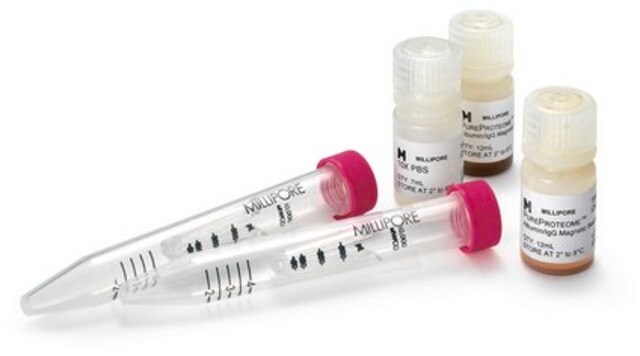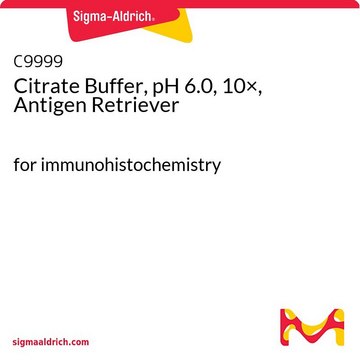Recommended Products
description
weakly acidic cation exchange resin
Quality Level
form
beads
packaging
pkg of 1000 g
parameter
120 °C Na+ form max. temp.
80 °C H+ form max. temp.
moisture
55-65%
technique(s)
LPLC: suitable
matrix
crosslinked polystyrene (highly porous)
matrix active group
iminodiacetic acid functional group
particle size
16-45 mesh
operating pH
4-10
capacity
0.35 meq/mL by wetted bed volume (calcium)
1.2 meq/g by dry weight (calcium)
separation technique
affinity
General description
Diaion CR11 is chelating resin with iminodiacetic acid groups. It is considered effective in the removal of chromium trivalent from aqueous solutions. This resin in the Na+ form at 50°C is seen to exhibit high sorption capacity.
Application
Diaion CR11 was used to prepare phosphate buffer, required to measure rate constants of the reactions of hypochlorite with L-Arg and taurine by stopped-flow spectrophotometry.
Chelating resin for metal recovery, wastewater treatment, brine purification, etc.
Legal Information
Diaion is a registered trademark of Mitsubishi Chemical Corp.
Storage Class Code
11 - Combustible Solids
WGK
WGK 3
Flash Point(F)
Not applicable
Flash Point(C)
Not applicable
Personal Protective Equipment
dust mask type N95 (US), Eyeshields, Gloves
Choose from one of the most recent versions:
Already Own This Product?
Find documentation for the products that you have recently purchased in the Document Library.
Sofia A Cavaco et al.
Journal of hazardous materials, 144(3), 634-638 (2007-03-06)
Effluent discharged from the chromium electroplating industry contains a large number of metals, including chromium, copper, nickel, zinc, manganese and lead. The ion exchange process is an alternative technique for application in the treatment of industrial wastewater containing heavy metals
Sofia A Cavaco et al.
Journal of hazardous materials, 169(1-3), 516-523 (2009-05-02)
In this study two chelating resins containing iminodiacetic acid groups (Amberlite IRC 748 and Diaion CR 11) and a chelating resin based on sulfonic and diphosphonic acid groups (Diphonix) were investigated in order to separate Cr(III) from industrial effluents produced
C Zhang et al.
The Journal of biological chemistry, 276(29), 27159-27165 (2001-05-26)
The myeloperoxidase-derived oxidant hypochlorous acid (HOCl) is thought to contribute to endothelial dysfunction, but the mechanisms underlying this inhibitory effect are unknown. The present study tested the hypothesis that HOCl and L-arginine (L-Arg) react to form novel compounds that adversely
Our team of scientists has experience in all areas of research including Life Science, Material Science, Chemical Synthesis, Chromatography, Analytical and many others.
Contact Technical Service








